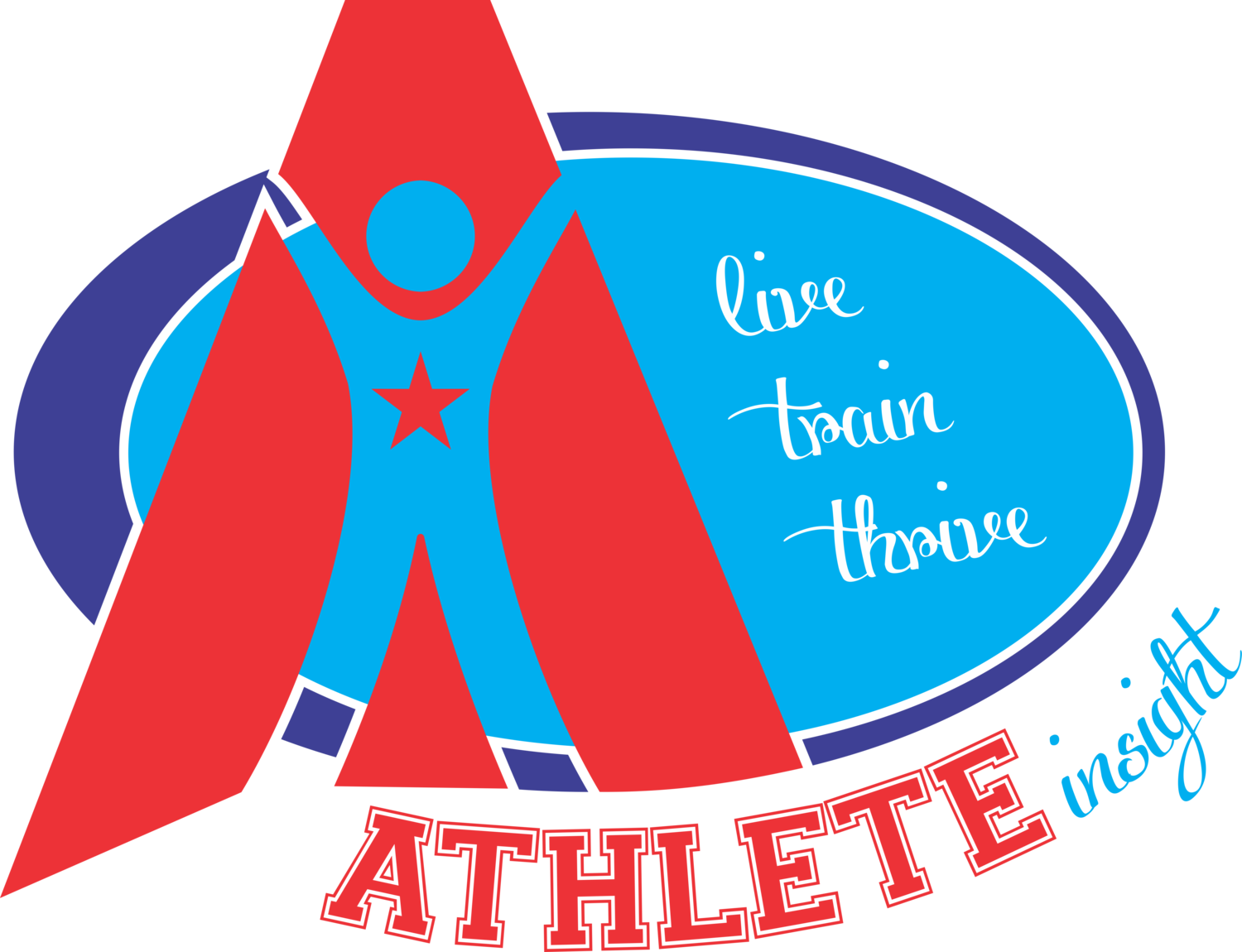By Kate Bennett, PsyD
Since specializing in the treatment of athletes and eating disorders, I find myself constantly trying to balance time and energy between two different worlds. In my mind, athletes and eating disorder recovery seamlessly merge together; however, athletic and mental health professionals rarely intersect on their own. In support of Eating Disorder Awareness Week, I wrote a two-part blog to bridge the gap between the populations. My goal is to educate the sport culture on eating disorder prevention and treatment while also informing mental health professionals about athletics.
Part One: Creating a basic understanding of the different types of eating disorders.
Anorexia Nervosa (AN): This is a term most people are familiar with. AN is a clinical diagnosis associated with malnutrition, distorted body image, preoccupation with weight, size, and shape, and a pathological fear of weight gain. In women, it is also associated with amenorrhea (absence of menstruation). Anorexia Athletica is a term that is occasionally referenced. While not a formal diagnosis, it refers to a subclinical form of AN found among athletes.
A common misconception is that the illness is only associated with restricting food intake; however, there is a subtype of AN that includes compensatory behaviors such as purging food through vomiting or exercise. Another misconception is that people struggling with AN are always noticeably underweight. While this is included in the diagnostic criteria, bodies come in all shapes and sizes. Therefore, people may restrict their intake and struggle significantly with food and weight preoccupation but do not “look the part.” This is known as Atypical Anorexia Nervosa. Despite not being obviously underweight to the naked eye, it does not mean the illness is any less severe. AN is the number one psychiatric killer among mental illnesses.
Bulimia Nervosa (BN): Another familiar term to some, BN is associated with bingeing and purging behaviors. Bingeing refers to an objective evaluation of eating significantly more than most people would in a sitting and is associated with feeling out of control when eating. Purging comes in many forms including vomiting, exercising, abusing over-the-counter medications such as laxatives, and abusing insulin (diabulimia). BN is not an effective means for weight loss and individuals struggling with this illness often appear “healthy” despite engaging in life-threatening behaviors to manage body image, size, and shape.
Binge Eating Disorder (BED): The newest classification of clinical eating disorders, BED is associated with binge eating in the absence of compensatory (purging) behaviors. Feelings associated with bingeing include guilt, shame, embarrassment, and disgust.
Other Specified Feeding or Eating Disorder (OSFED): This diagnostic category creates room for subclinical diagnoses (people struggling with one of the above illnesses but do not meet full diagnostic criteria) as well as Atypical Anorexia Nervosa (anorexic features without low weight), Purging Disorder (compensatory behaviors in the absence of bingeing), and Night Eating Syndrome (irregularities in the sleep-wake cycle that lead to restricted food intake during the day and significant caloric consumption during the evening and/or waking up in the middle of the night to eat).
Unspecified Feeding or Eating Disorder (UFED): Reserved for individuals struggling with disordered eating features that do not fit into any of the above categories.
The most important thing to recognize and accept is that eating disorders are not really about the food. Certainly, the illness is expressed in terms of food manipulation; however, the illness itself is a means to manage underlying thoughts, emotions, and experiences that create significant distress. Manipulation of food is a means to numb, restrict, and/or avoid underlying discomfort. Interrupting the eating disorder (normalizing meals and the relationship with food) coincides with facing the underlying issues. Therefore, people struggle to simply eat food or stop purging because they are now facing not only anxiety related to the food itself but also learning to manage everything that the illness suppressed. Recovery from an eating disorder not only takes willingness to establish a healthy relationship with food and one's body but also relies heavily on courage to talk about the hard things.
--
Check back on Wednesday for Part Two of this blog post, which will discuss the frequency of disordered eating behaviors among athletes and the distinction between athletic pursuit and clinical eating disorders.

